Introduction: Korean Grammar ‘-마다’
Learning Korean grammar can be challenging, but breaking it down into manageable lessons can make it easier. Today, we will explore the grammar pattern ‘-마다,’ which is used to express “every” or “each” in Korean. This lesson will help you understand and use this form effectively.
Learn Korean with JAEM Korean App: Improve your Korean with our app through free lessons and courses. And also, Join our 4-week challenge program to progress from upper-beginner to master level with Native Korean Coaches.
AI Writing Practice Program: Enhance your writing skills with JAEM TOPIK, our AI-powered practice program. Get personalized feedback and TOPIK tips to elevate your Korean writing.
Our Book: Don’t miss out on our comprehensive book that covers essential Korean language skills and strategies.

Jump to:
Grammar Explanation
The grammar pattern ‘-마다’ is used to indicate regularity or frequency, similar to “every” or “each” in English. It can be attached to time-related nouns to express that something happens regularly at that interval.
Formation:
- Attach ‘-마다’ directly to a noun.
| Noun | Form | Example Sentence |
|---|---|---|
| 날 (day) | 날마다 | 날마다 운동해요 (I exercise every day) |
| 주 (week) | 주마다 | 주마다 회의가 있어요 (There is a meeting every week) |
| 달 (month) | 달마다 | 달마다 여행을 가요 (I go on a trip every month) |
| 해 (year) | 해마다 | 해마다 새해 결심을 해요 (I make New Year’s resolutions every year) |
Examples
Time-related Nouns:
- 아침 (morning)
- 아침마다 = Every morning
- 아침마다 조깅을 해요 = I go jogging every morning.
- 주 (week)
- 주마다 = Every week
- 주마다 한국어 수업이 있어요 = I have Korean class every week.
- 달 (month)
- 달마다 = Every month
- 달마다 새로운 책을 읽어요 = I read a new book every month.
- 해 (year)
- 해마다 = Every year
- 해마다 여행을 가요 = I go on a trip every year.
Other Nouns:
- 사람 (person)
- 사람마다 = Every person
- 사람마다 의견이 달라요 = Every person has a different opinion.
- 곳 (place)
- 곳마다 = Every place
- 곳마다 아름다운 경치가 있어요 = Every place has beautiful scenery.
- 시간 (hour/time)
- 시간마다 = Every hour
- 시간마다 쉬는 시간이 있어요 = There is a break every hour.
- 수업 (class)
- 수업마다 = Every class
- 수업마다 숙제가 있어요 = There is homework for every class.
Usage in Context
When using ‘-마다’ in different contexts, it emphasizes regularity and frequency.
Everyday Contexts:
- 주말마다 친구를 만나요 = I meet my friends every weekend.
- 수업마다 새로운 것을 배워요 = I learn something new in every class.
- 하루마다 운동해요 = I exercise every day.
Special Occasions:
- 생일마다 파티를 열어요 = I throw a party every birthday.
- 명절마다 가족을 방문해요 = I visit my family every holiday.
- 여름마다 해변에 가요 = I go to the beach every summer.
Cultural Insight: In Korean culture, expressing regular activities using ‘-마다’ helps to convey a sense of routine and commitment. It is commonly used to describe daily habits, weekly events, and annual traditions.
Common Mistakes
Common Mistakes:
- Incorrect: 날에마다 운동해요 (Redundant use of ‘에’)
- Correct: 날마다 운동해요 = I exercise every day.
Mistake Explanation: Ensure that ‘-마다’ is used directly after the noun without additional particles like ‘에’.
Related Grammar Points
Explore these related grammar points to deepen your understanding:
- -마다 다르다: To indicate that each instance is different.
- -마다 있다: To express the presence of something in each instance.
- -때마다: To express “every time.”
- -번마다: To express “every time” or “every occurrence.”
Practice Exercises
Practice Makes Perfect!
- Exercise 1: Conjugate the following nouns with ‘-마다.’
- 날 (day)
- 주 (week)
- 달 (month)
- 해 (year)
Answer Key:
- 날마다
- 주마다
- 달마다
- 해마다
- Exercise 2: Create sentences using ‘-마다’ for the following situations:
- I drink coffee every morning.
- She visits her grandmother every weekend.
- They hold a meeting every month.
- We celebrate our anniversary every year.
Answer Key:
- 아침마다 커피를 마셔요.
- 주말마다 할머니를 방문해요.
- 달마다 회의를 열어요.
- 해마다 기념일을 축하해요.
Summary and Conclusion
Today, we covered the grammar point ‘-마다’ and how to use it to express regularity and frequency in Korean. This pattern is essential for conveying habits and routines. Continue practicing with our workbook and check out related lessons for more in-depth learning.
If you have any questions or suggestions, feel free to comment below. Happy learning!
Learn Real Korean with JAEM!
Learn Korean with JAEM Korean App: Discover the best way to learn real Korean with our comprehensive app. Enjoy a wide variety of free lessons and courses designed to help you master the language. Also, our unique 4-week challenge program guides you from an upper-beginner level to a master course, all under the guidance of Native Korean Coaches. Whether you’re just starting out or looking to refine your skills, this program offers an effective path to fluency.
AI Korean Writing Practice Program: Take your Korean writing to the next level with JAEM TOPIK, our innovative AI writing practice program. This service provides personalized feedback and practical tips tailored to your learning needs. With a focus on improving your Korean writing, JAEM TOPIK also offers specific strategies for excelling in the TOPIK exam. Benefit from expert insights and targeted advice to enhance your proficiency and confidence in writing.
Our Book: Additionally, explore our comprehensive book that covers essential Korean language skills and strategies. This valuable resource complements our app and AI program, providing a holistic approach to mastering Korean.

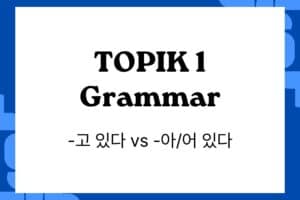
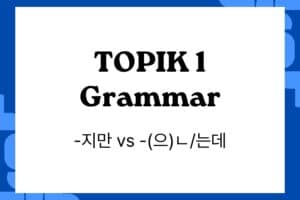
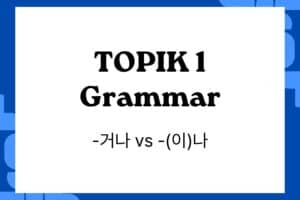
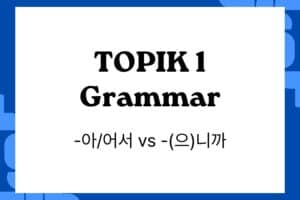




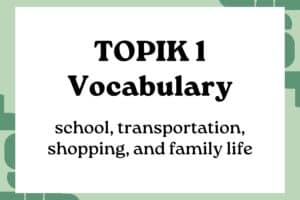


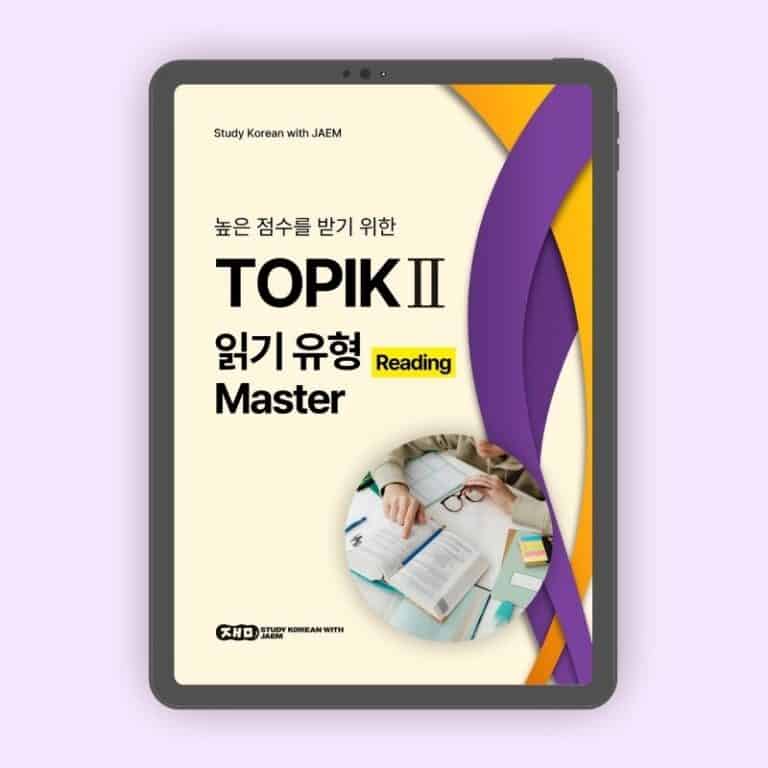

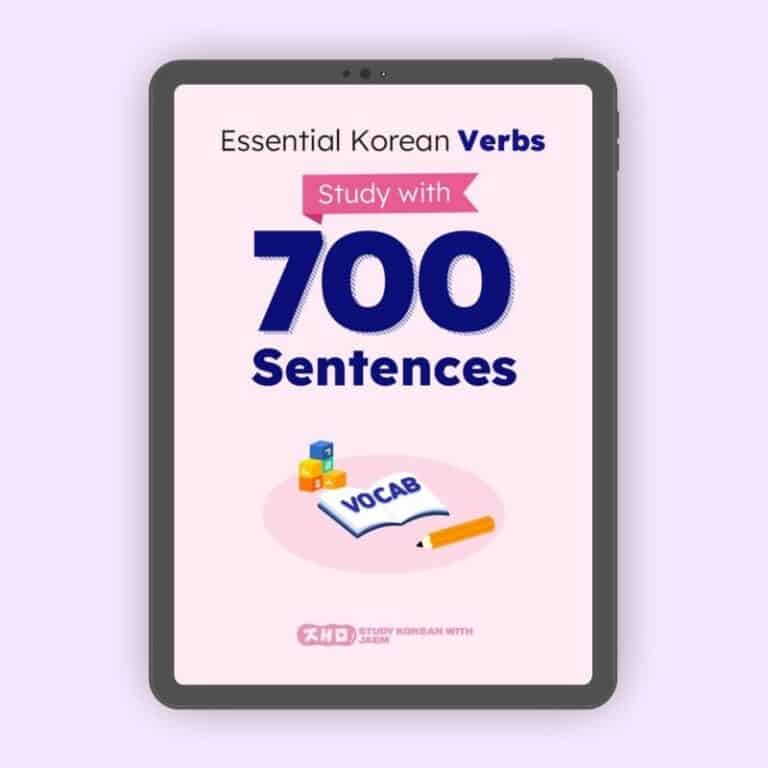




Responses